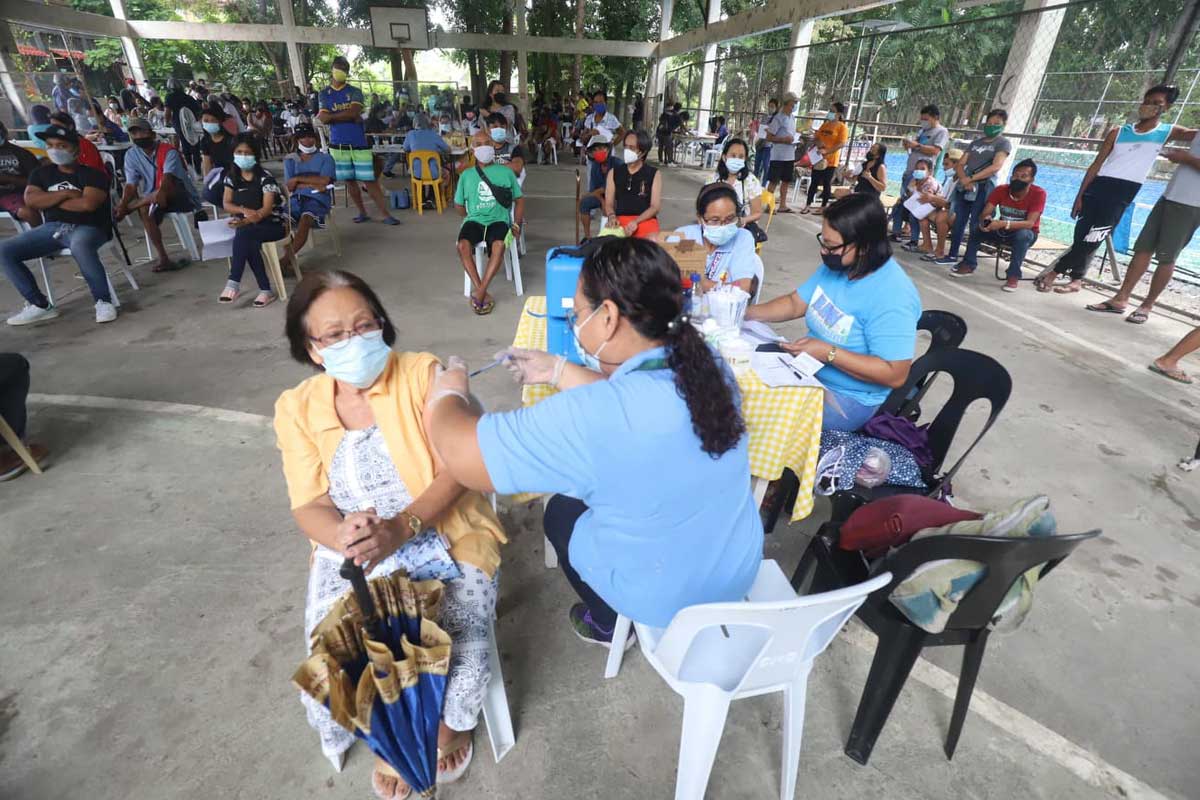
By Joseph B.A. Marzan
In what could be an improvement of the region’s situation, four of the eight local government units in Western Visayas are at low risk to COVID-19 while the rest are considered moderate risk, based on data from the Department of Health-Western Visayas Center for Health Development (DOH-WV CHD).
Region 6 is under Moderate Risk based on the number of new cases logged between September 23 and October 6 (8,712), which is 28 percent lower than 12,115 cases from Sept. 9 to 22.
New cases per 100,000 people in the region also decreased to 7.87 in the recent 2-week period compared to 10.95 in the previous period.
The percentage of COVID case growth is called the 2-Week Growth Rate (2WGR) while the number of cases per 100,000 in an area is called the Average Daily Attack Rate (ADAR). These parameters are measured by the DOH in 14-day periods.
Based on the combined 2WGR and ADAR of each area, the DOH-WV CHD data indicated that Guimaras, Negros Occidental, Bacolod City, and Iloilo City are at moderate risk, while Aklan, Antique, Capiz, and Iloilo province are at low risk.
All areas have a negative 2WGR between Sept. 23 and Oct. 6, with Aklan showing the greatest decline (-61 percent), followed by Antique (-60 percent), Guimaras (-59 percent), Iloilo province (-43 percent), Iloilo City (-41 percent), Capiz (-40 percent), Negros Occidental (-3 percent), and Bacolod City (-1 percent).
2WGRs below 0 percent are all considered low, while those between 0 to 200 percent are considered moderate, and rates above 200 percent are high.
As to the ADAR, the areas are split between high and moderate numbers, with Bacolod City on top (21.50), followed by Iloilo City (17.00), Guimaras (8.33), Negros Occidental (8.12), Iloilo province (6.06), Capiz (4.35), Antique (1.85), and Aklan (1.26).
An ADAR above 7 is still considered as high, while those below 7 are moderate and those below 1 are low.
In an online press briefing Monday, DOH-WV CHD spokesperson Dr. Marie Jocelyn Te attributed the lower number of cases to COVID-19 vaccination and frequent reminders in observing minimum public health standards.
Their data also indicated that as of October 10, around 1.35 million persons, or 24.35 percent of the target 5.57 million, have been fully vaccinated.
Te added that the public should not be complacent despite the declining case trends in the region, pointing to the remaining high ADARs.
“As seen in our trends from last month, they have been high. Right now, we are at 500 or 600. We cannot state if this is plateauing. Our vaccination and repeated reminders to do minimum public health standards are the reason why. But we cannot take advantage of this. Just because our numbers are lowering, we cannot say that we are already safe,” Te said.
The region’s Health Care Utilization Rate (HCUR) is considered low at 52.64 percent, with 53.13 percent of COVID ward beds, 54.94 percent of Intensive Care Unit (ICU) beds, 51.28 percent of isolation beds, and 57.53 percent of mechanical ventilators in the region used by patients.
On a per-area basis, only Bacolod City has a high HCUR (75.90 percent), followed by Iloilo City (62.23 percent, moderate), and Capiz (59.18 percent), Negros Occidental (53.85 percent), Iloilo province (51.67 percent), Guimaras (48.28 percent), Antique (26.74 percent), and Aklan (3.70 percent) which are classified as low.
Te said the number of COVID hospitalizations at 50 percent levels was due to new cases coming in after recovered patients have been discharged.
“[Our HCUR] hasn’t decreased significantly. The problem here is that when there are patients who recover and get discharged, then they are replaced by newer cases, because there are still moderate to severe [COVID] cases, and they needed to be accommodated,” she said.


















